The needs of sustainable and climate resilience cities are driven along with social, ecological and technological transformations. In recent years, technological advances have increased remarkably, which has prompted the exploration of how urban systems can be transformed into "smart cities". The use of information and communications technologies, the Internet of Things, and robotic systems and artificial intelligence have enabled the creation of "smart" technologies to monitor and manage nature-based solutions.
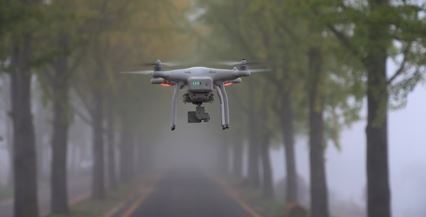
Source: University of Leeds - A robotic revolution for urban nature
The different technologies provide monitoring data in real time so that aspects such as soil moisture, rainfall flows, permeability capacity or the water table can be analysed and resolved quickly and efficiently, reducing possible damage and inconvenience that can occur cause in the day to day of the cities.
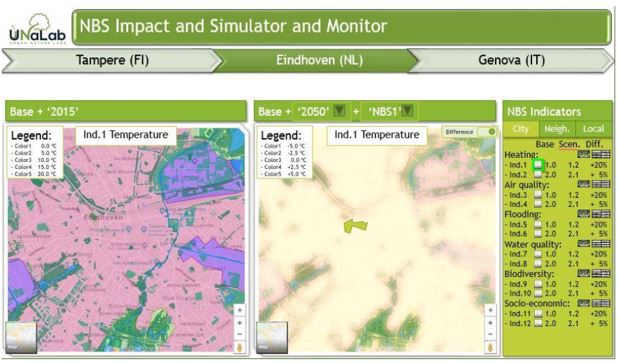
NBS Impact and Simulator and Monitor. Source: UNaLab project (Link)
Assigning and defining some parameters, based on previous studies of the areas where the NBS are going to be implemented, together with real-time monitoring data, allows administrators to plan different management techniques with different intensity and frequency. Over time, this allows for reductions in budgets dedicated to maintenance.
Monitoring and tracking each site, documenting changes, problems encountered and how they are resolved, along with proper communication and training of maintainers will help find the perfectly balanced management for each specific site.
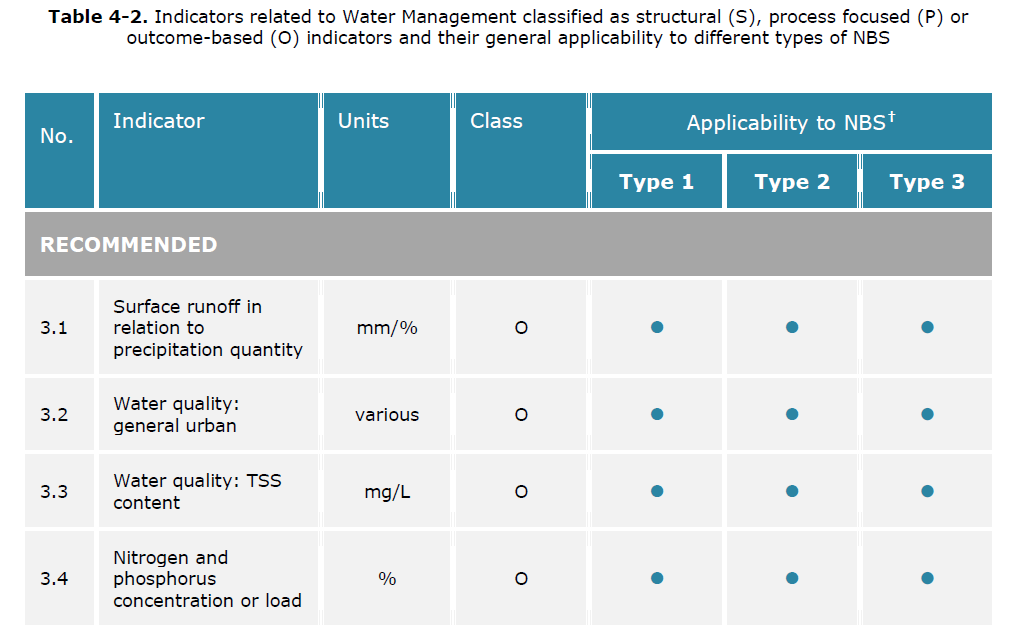


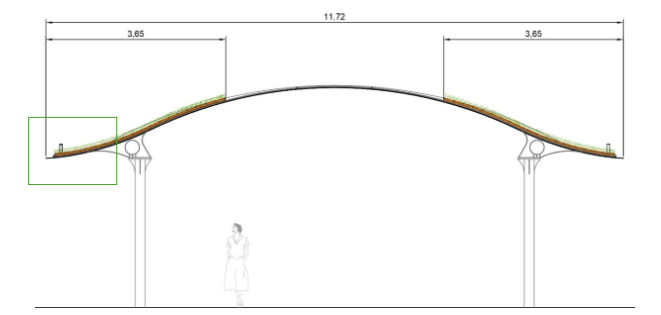
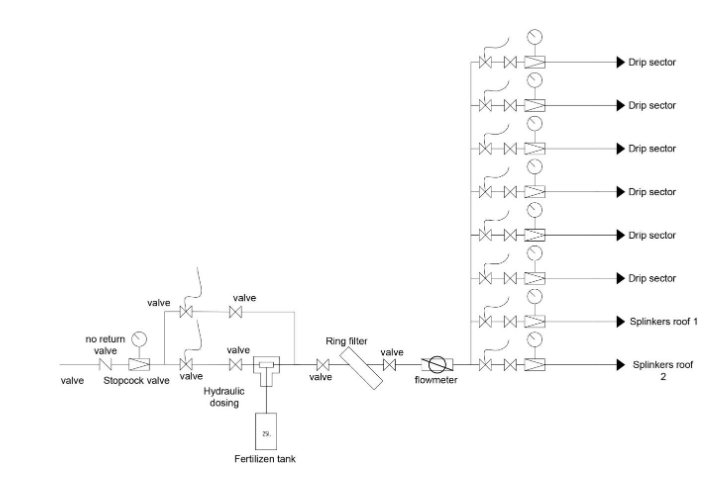



Comments ()